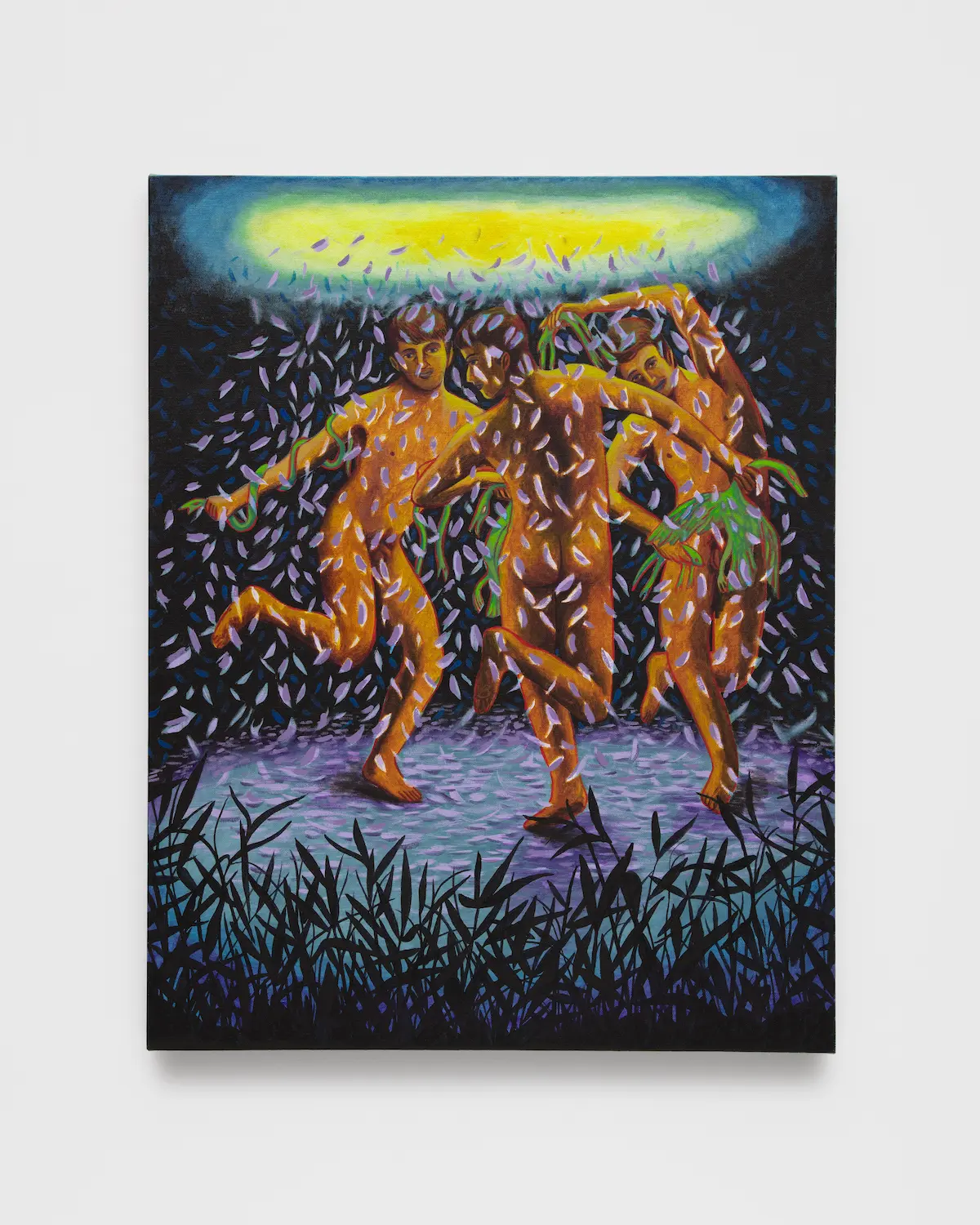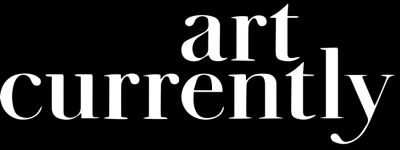Art Diaries: Miguel Martinez at GRIMM by Kate Meadows
, 2024_11.webp)
Friday, September 6— The air in the downstairs gallery of GRIMM is almost stifling. Although it is a comparatively cool evening, this first week of September brings enough body heat to Tribeca to recall the interiors of a now-gone summer. This is to say that both floors are packed—call it bumping, hopping—the crowd spills out onto White Street. Inside, there are concentric circles of conversation. Hands gesticulate, holding beer cans and bouquets–the clamor of the art world returning on cue. It’s the first Friday of the new month, and galleries in this tiny triangular neighborhood are opening some of their strongest shows of the year, and the art world’s constituents are making their pilgrimages to see them. We’re back to school.
Luis Emilio Romero, a painter I know, spots me making my way through the crowd upstairs and hands me a cold Modelo like a gift. A train delay held me on my way from Brooklyn, and it’s already half-an-hour until closing time, so our small group rushes downstairs to see Luis’s friend Miguel Martinez’s solo exhibition Tell Me How It Ends. The first room is a vestibule between the stairs and the main gallery: Martinez has painted it from floor to ceiling in cerulean blue for his site-specific mural. On one wall, a flat illustrative style meets trompe l’œil traditions with a curtain frame, a room drawn with linear perspective, and several giant milagros—or Mexican healing amulets—hanging by rope over a figurative folk scene. The brushwork visible within these opaque black objects, outlined in crisp white, makes them bolder in their resolute flatness.
The opposite wall has also been painted with curtains to make for a theatrical threshold into the connecting room. Sweating, we weave our way through the crowd to where the cerulean returns on another painted wall, hung with a row of the carved amulets that appear throughout Martinez’s paintings. Each hanging mechanism is adorned with a white ribbon bow, a motif that can also be found painted into the first room’s mural. Martinez’s paintings in this room are full of elaborate, overlapping accumulations in bright colors. In his 2022-24 triptych Blade of Grass, it takes a moment for me to recognize the statue-esque figure lying on its side and staring at us with one yellow eye—it is covered in an abundance of wild botanicals. In a painting titled Totem Revival, three nude boys dance beneath a shower of lilac petals, illuminated beyond a frame of dark reeds. Luis Emilio recalls Martinez use himself as a model for this scene.

The frenetic energy of Martinez’s work is mimicked by the energy in the room, still buzzing even as GRIMM prepares for closing. On my way to get some gracious night air, I gravitate towards one of the paintings upstairs. More quiet than the downstairs show, Anthony Cudahy’s large-scale scenes favor a warmer palette. I’m standing in front of The dreamer ii: a dog rests its head over the turned shoulder of a sleeping figure, the bedroom bathed in a red light tempered by umber undertones. I think of home, but linger outside for another hour at least where groups have reconfigured themselves among steel poles and streetlights. It seems there’s not enough time in the world to catch up, but we’ll see each other again. There’s a whole season ahead.
Tell Me How It Ends, a solo exhibition by artist Miguel Martinez (b. 1991, Celaya, MX) is on view from 6 September to 19 October 2024 in New York.
The title Tell Me How It Ends is adapted from Valeria Luiselli’s 2017 "Tell Me How It Ends: An Essay in 40 Questions". The chronicle, structured around the forty questions Luiselli asks undocumented Latin American children facing deportation, humanizes these young migrants, highlighting the contradiction between the idea of America as a fiction for immigrants and the reality of racism and fear that they face upon arrival. In the painting Chalupa’s Journey, 2023, a wall of rose thorns shaped like barbed wire indicates the crossing of a divide between here and there. Printed reproductions of hand-sculpted amulets hang like theatrical stage props at the top of the painting.
Anthony Cudahy’s Fool’s errand is presented by GRIMM and Hales and follow on the heels of Cudahy’s first institutional solo exhibition in the United States, Spinneret, on view at the Ogunquit Museum of American Art, ME (US) through 21 July 2024 and traveling onwards to the Green Family Art Foundation in Dallas, TX (US) later this year. Also on view through 19 October, 2024.
Kate Meadows is a poet, essayist, and arts writer living in Brooklyn, New York. Her work has recently appeared in Small Orange, Cola Literary Review, ellipsis..., Little Mirror, and Annulet Poetics. She is currently an MFA candidate in poetry at Hunter College and a 2024 Brooklyn Poets mentee.

